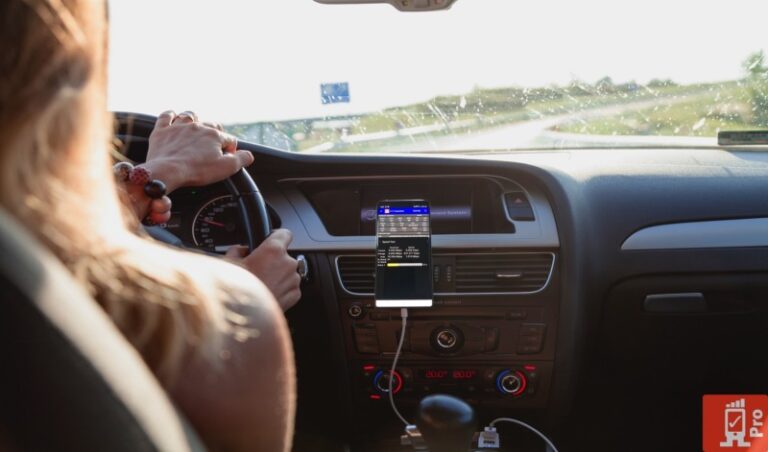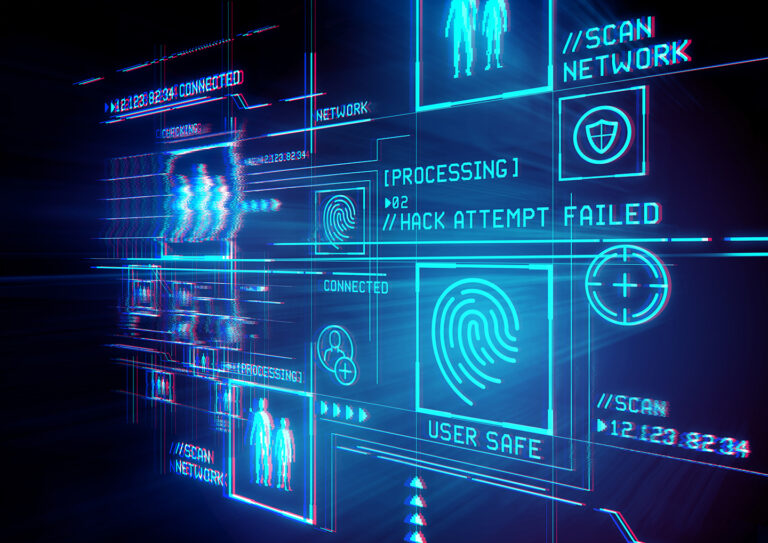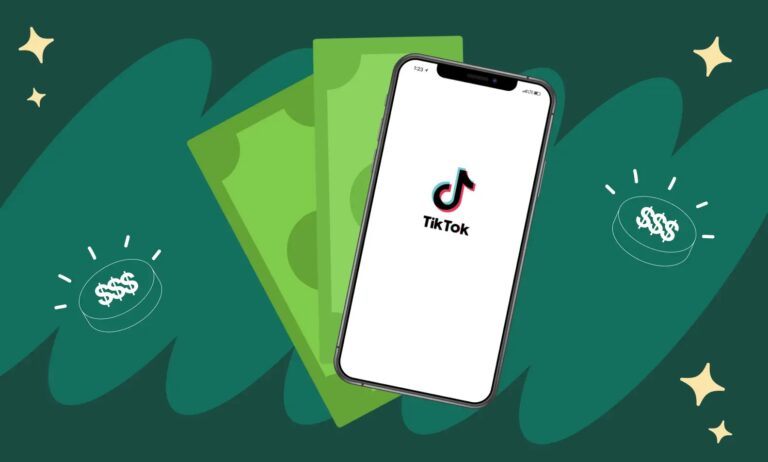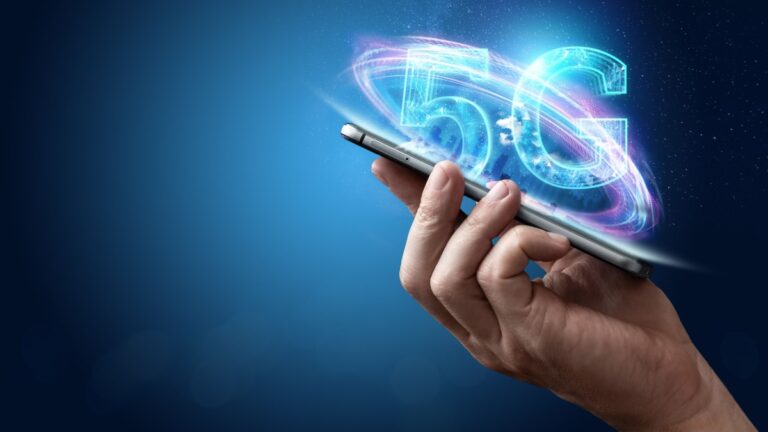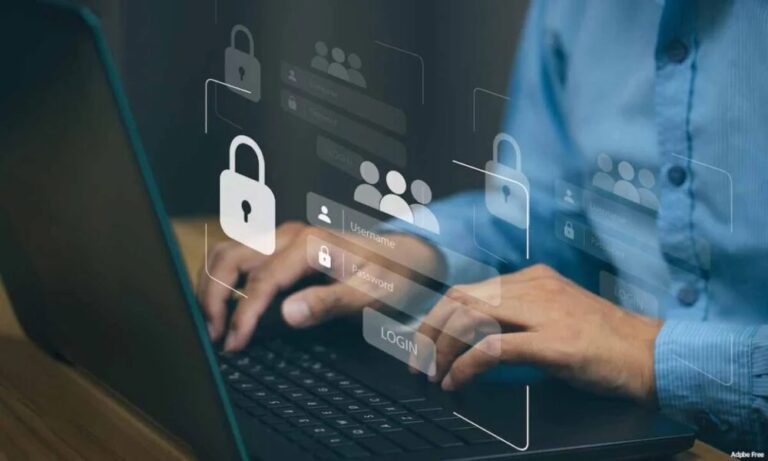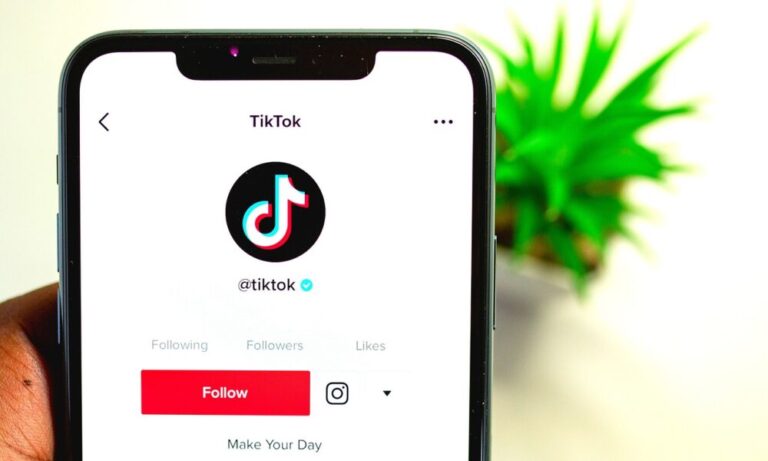5G telecommunications technology is a game-changer for manufacturers, be it giga factory or steel plant – such factories and plants are designed to gain efficiencies by operating at a massive scale with inbuilt agility. 5G private networks are being deployed in green steel plants and gigafactories To and enable this massive scale, 5G specialises in auto manufacturing and battery production. So, now let us see how 5G is Transforming Giga factories and Green Steel Plants along with User-friendly Mobile Network Monitoring Tools, Mobile Network Drive Test Tools, Mobile Network Testing Tools and User-friendly LTE RF drive test tools in telecom & Cellular RF drive test equipment in detail.
5G and the gigafactories –
Gigafactories (require both scale and agility) rapidly increase the scale of the production and to meet rising demand for electric vehicles, batteries, and clean technologies – are very large manufacturing sites. Agility is needed across the shop floor for gigafactories to achieve optimum efficiencies from their equipment, machinery, tools and workers, hence wireless connectivity is required to provide the agility to support rapid redeployment of factory resources, to relocate production cells dynamically and to connect workers wherever they are even while the site is under construction.
Factory networks must be capable of much more hence connectivity for production lines must deliver high performance, with dedicated resources and full redundancy – the most observed systems are wireless tablets and tools for workers, robotic equipment, sensors and cameras that gather data for AI systems to monitor quality. Networks need to be designed to fit these traffic parameters and such requirements fit the capabilities of 5G to gigafactories are the coverage capabilities, linked with the reliability to support dedicated connectivity resources and full redundancy – the connectivity network requires geo-redundancy over distances stretching into the km range. 5G mid-band spectrum is better suited than Wi-Fi to factory environments where concrete, metal, equipment, and inventory present potential signal interruptions.
5G and Green Steel Plants –
Earlier the plants with critical issues were struggling with adjusting its production levels to reduce its emissions throughout iron and steel production. To address these core issues, following points are considered as transformation initiative with three key areas:
- Data standard deficiency, isolation systems: The data between factory equipment features is in incompatible systems will lead to network diversification and efficiency which could be greatly reduced with standalone systems. Hazardous operating environments and labour-intensive production processes: There are many on-site areas which carry inherent safety risks such as air quality and temperature and they require excessive training to execute safely as those areas must be made safer.
- electromagnetic and multi-way interference – this will be decreased by high- reliability, stable and low-latency mobile networks, which in themselves could also enable the deployment of AI, AR, and edge computing.
Both Giga factories and Green Steel Plants are transforming with the help of 4G and 5G and some of the key considerations are-
- Extensive coverage: The mobile network (coverage provides greater freedom of movement for operators and connectivity across the site) covers all industrial sites, outdoors and indoors, including those underneath high-rise metal structures.
- Data security: The private mobile network protects sensitive industrial data and the indoor radio coverage design takes into consideration the large metal and steel areas, and piles of materials which are transitory and move over time.
Conclusion
And for stability of the network, testing and measurement is required hence RantCell comes into picture. RantCell is a smartphone compatible tool that can help you conduct network tests continuously on 5G/4G coverages. With the help of RantCell, Giga factories and Green Steel Plants will be benefitted to fix the network issues and provide you with better coverages.

